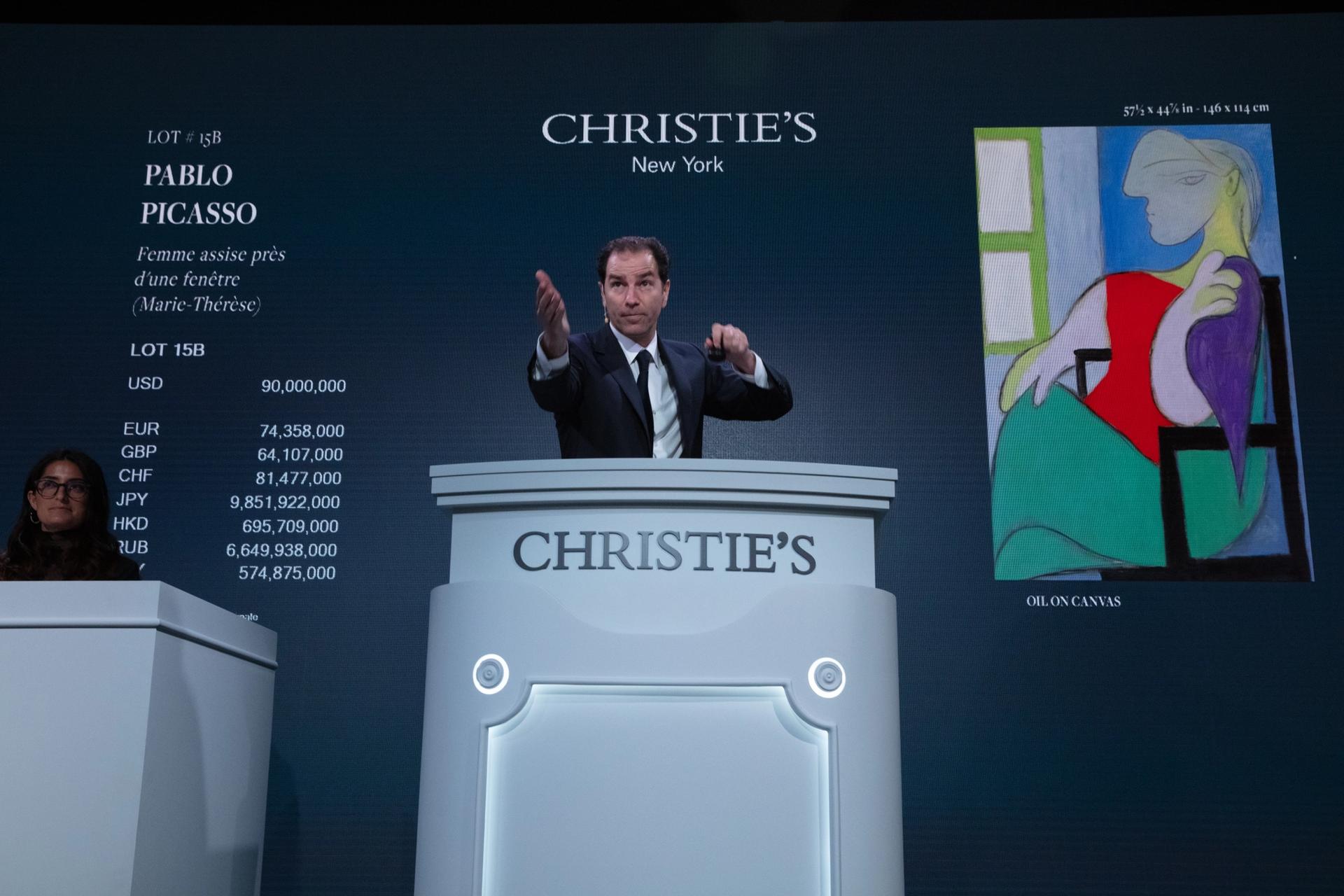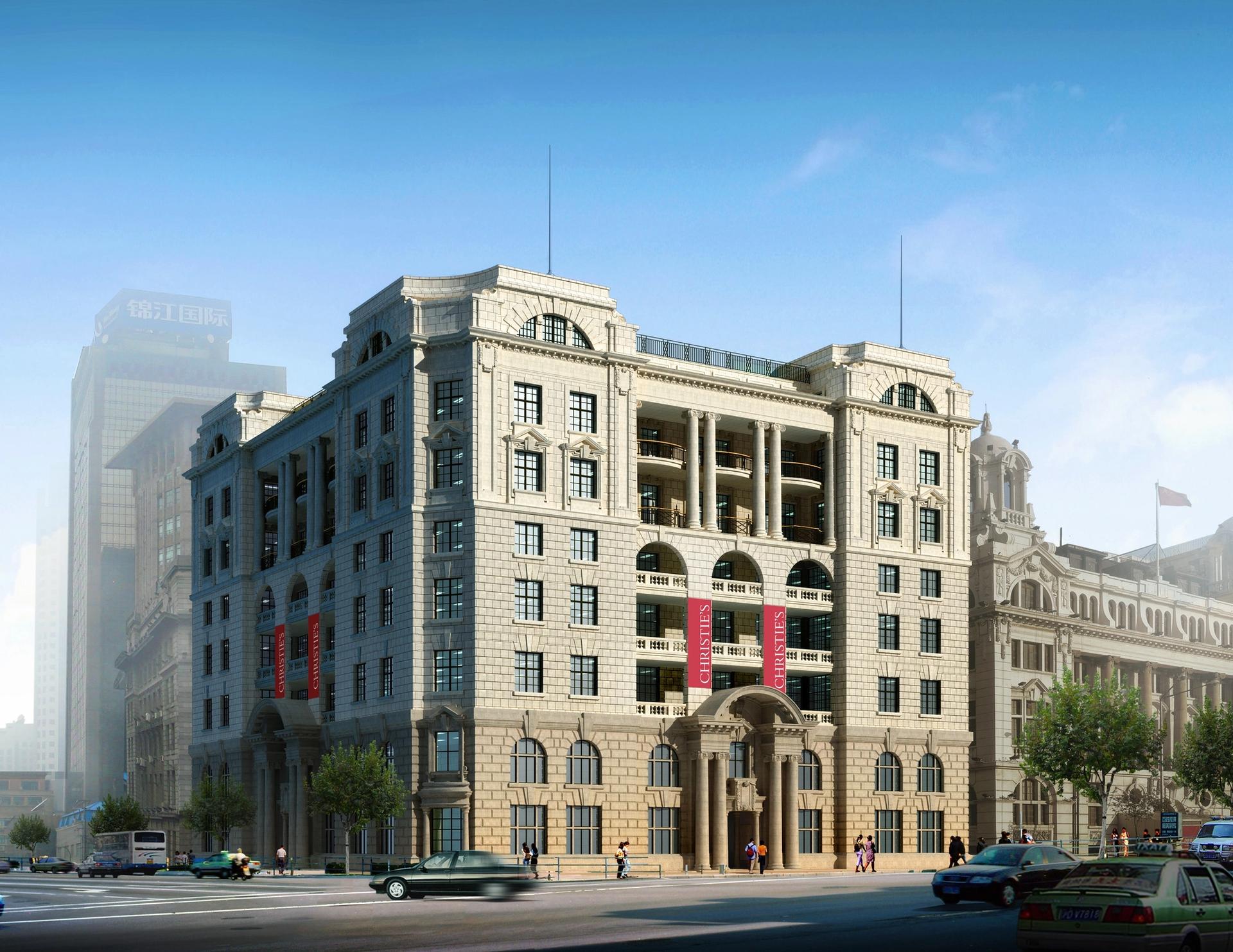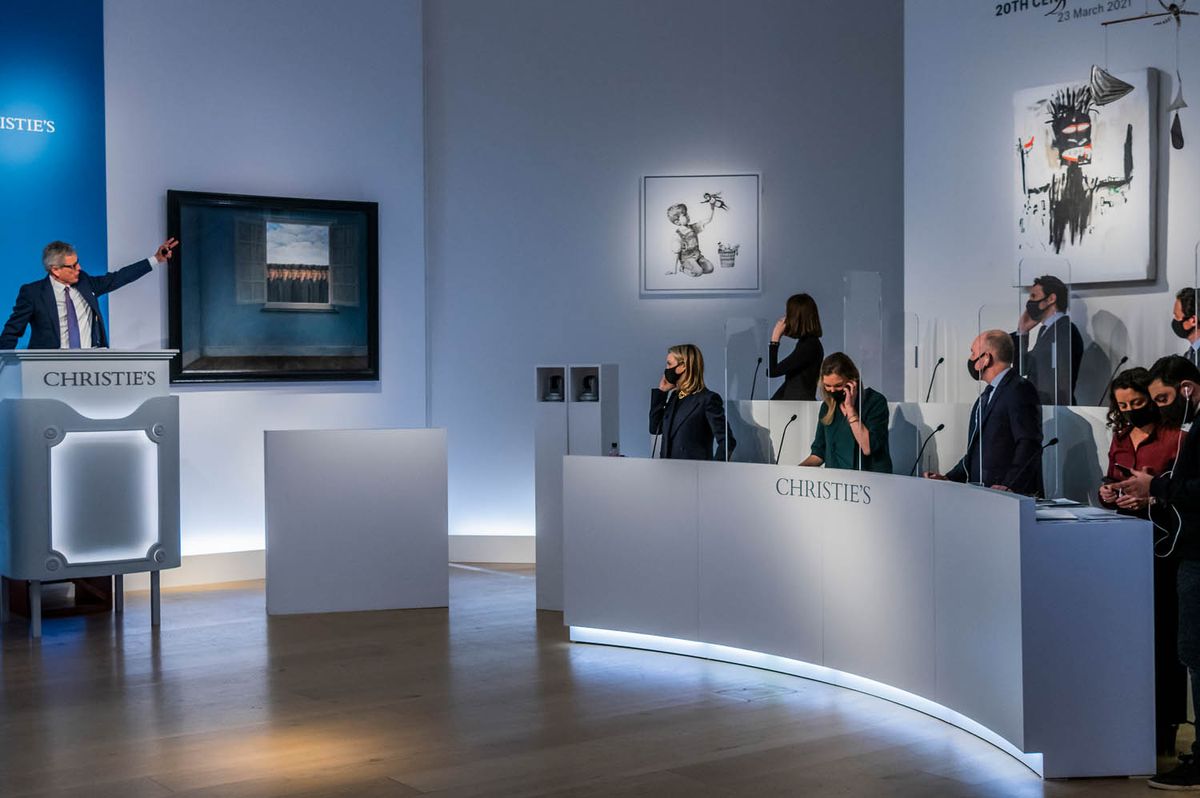Christie’s has announced projected annual sales of $7.1bn for 2021, the auction house’s third-highest total ever and a record for private sales at $1.7bn. Around $150m came from sales of NFTs (non-fungible tokens), a new category for 2021, and the auction house also sold the most expensive lot of the year, Pablo Picasso’s Femme assise près d’une fenêtre (Marie-Therese) which sold for $103.4m (with fees) in New York in May.
As far as market share goes, the results put Christie’s just behind rival Sotheby’s, which announced total annual sales of $7.3bn last week, its highest ever turnover. The firms’ total sums for 2021 represented a decisive bounce back from 2020, when Christie’s global sales totaled $4.4bn, well below Sotheby’s $5bn. Phillips too announced its year-end results last week, with global sales of $1.2bn, also the highest in the company’s history, signalling that the auction business is bouncing back strongly from the pandemic, largely due to investment in technology such as livestreamed auctions that can adapt to lockdowns and ever-changing Covid-19 restrictions with relative ease.
However, what is more telling than sales turnover is profit margin—and as none of the auction houses are public entities, they do not have to disclose that.
Alex Rotter, chairman of the 20/21 art departments, proudly declared Christie’s the “leading auction house for NFTs”, as since the $69.3m sale of Beeple’s Everydays in March, the business has sold more than 100 NFTs for a total of $150m. The average age of buyers in this field is 42 (mere children in art collector terms) and 75% of NFT buyers were new to Christie’s.

The top selling lot of the year, Picasso's Femme assise près d’une fenêtre (Marie-Therese) which sold for $103.4m (with fees) in New York in May
Courtesy of Christie's
Overall across categories, 35% of buyers this year were new to the business, and 32% were millennials—this influx of new buyers, according to Christie’s chief executive Guillaume Cerutti, is the principal driving force behind the current buoyancy of the high-end auction market.
Although a solid 87% of lots offered for sale by Christie’s at auction this year were sold, a rising number of vendors are opting for the safety and discretion of selling privately, particularly given the tumultuous environment of the pandemic. Christie’s total of $1.7bn in private sales beat the previous high set last year, and included four works sold for over $50m apiece.
The astonishing boom in luxury sales (jewellery, watches, handbags and wine) as seen at Sotheby’s—where over $1bn of sales were made in the category this year—was also reflected in Christie’s results. Sales in the category total $980m, a 153% rise from 2020, bolstered by results such as: the $29m paid for the 15ct Sakura diamond, the largest purple pink diamond ever offered at auction, in Hong Kong; the Hermès Himalaya Diamond Kelly 28, which became the most expensive handbag to sell at auction when it went for $515,416 (also in Hong Kong); and a Supreme branded pinball machine sold for $52,000.
Although much has been written about the rapid rise of Asia, the US still is the most important and active market according to these results. Auction sales in the Americas (both live and online) totally $2.6bn, a huge 92% rise on 2020, and 35% of sales overall went to American buyers. This result can largely be attributed to two strong New York auction seasons in May and November, which bounced back from the 2020 “year of limited supply”, according to Bonnie Brennan, the president of Christie’s Americas, with some strong collections coming to market, most notably the Edward L. Cox collection that singlehandedly made $332m.
The second most important region was EMEA (Europe, the Middle East and Africa), where live and online auctions totalled $1.7bn (up 63% from 2020), with most sales ($980m) in London, almost double that of the Paris auctions, which came to $494m (up 88% on 2020).

Christie's new office in Shanghai at Bund One, due to open in March 2022
Courtesy of Christie's
In third place is the Asia-Pacific region, with $1bn of sales (up 59% from 2020), and Asian buyers contributing 31% to auctions. Christie’s is setting its sights on Asia, specifically Hong Kong and mainland China, as a major growth centre and earlier this year it announced it will open its first year-round saleroom in Asia in 2024, in Zaha Hadid Architects’ Henderson tower in Hong Kong. Christie’s also announced today that its Shanghai office and galleries will relocate to Bund One, where it will hold its first Shanghai-London relay sale in March. Meanwhile, Phillips also announced last week that it will open a new, enlarged Hong Kong headquarters in the WKCDA Tower in the West Kowloon Cultural District in autumn 2022.
Such expansion in Hong Kong and mainland China is set against a backdrop of widespread discontent among pro-democracy groups as Beijing tightens its hold on Hong Kong and cracks down on freedom of expression and political dissent. Earlier today, it was confirmed that pro-Beijing candidates swept the Hong Kong legislative council elections after a record low voter turnout of just 30%. A few hours ago, the UK government along with the US, Canada, Australia and New Zealand issued a statement that expressed “grave concern over the erosion of democratic elements of the Special Administrative Region’s electoral system” and “the wider chilling effect of the National Security Law and the growing restrictions on freedom of speech and freedom of assembly”.
Asked by The Art Newspaper if such worrying developments present a moral conflict for Christie’s, Cerutti says: “We are a business and of course we have values…But we can also separate what is political and what is business, like in any other industry.” He adds: “In Asia as in other places in the world, we are now trying to distinguish between what is the political situation—remember we are neutral as an industry—and what is our activity.”
Cerutti continues: “We carry on, while keeping our values at the forefront of what we do…We are not here to interfere or make a political statement. We are an industry and we need to be where our clients are.” He remains certain that “Hong Kong will remain the major hub for sales in Asia, which is why we are investing”.
On another note, Cerutti says Christie’s once male-dominated auctioneer team is now 50/50 men and women, while Brennan points out that, in an effort to diversify its traditionally white male workforce, the auction house has appointed more women to leadership roles this year, “including women who identify as BIPOC [black, indigenous and other people of colour]”.


